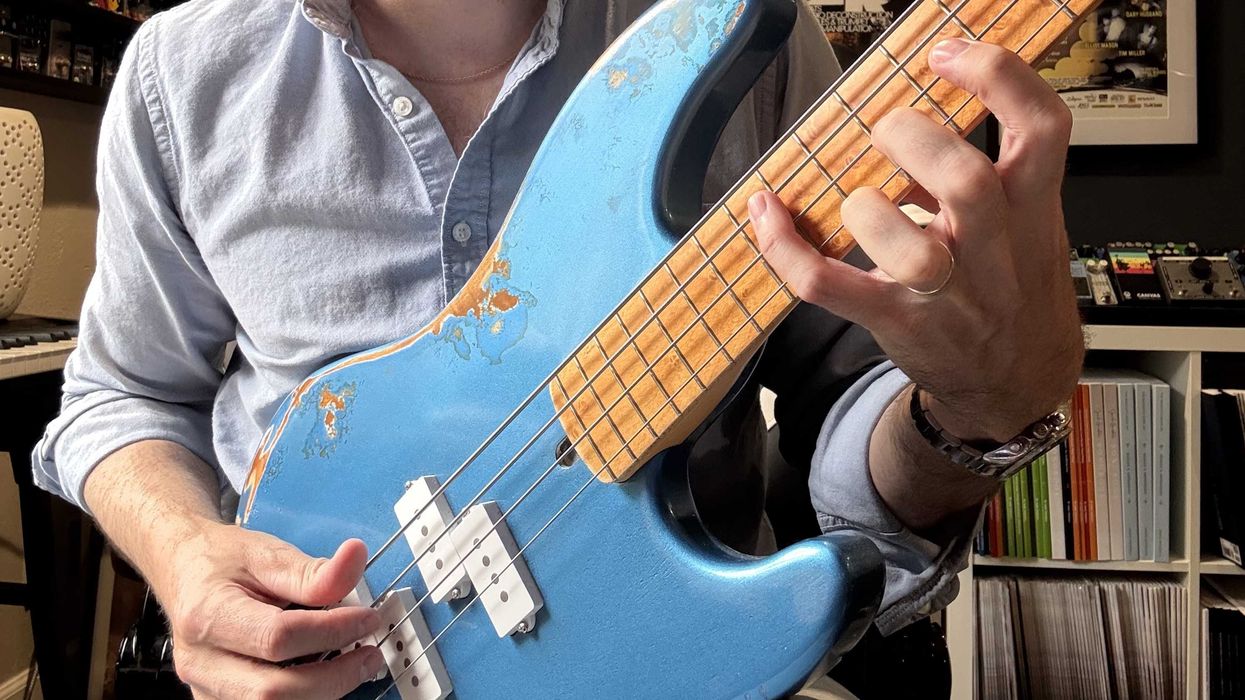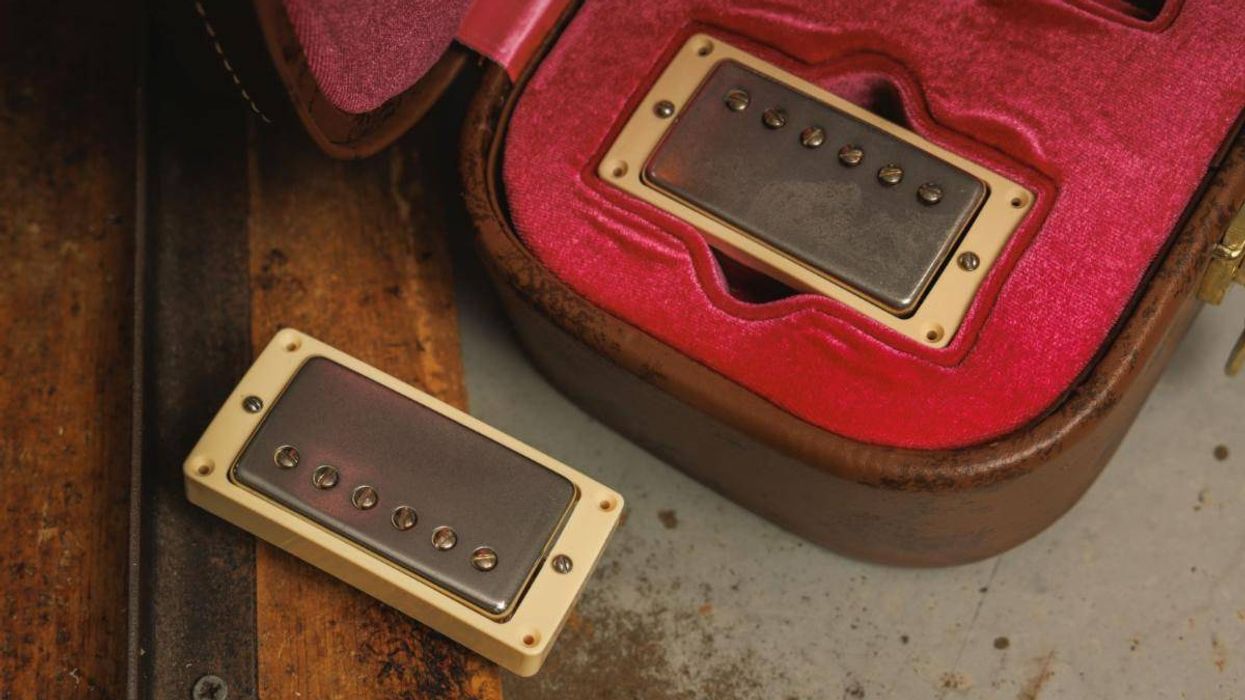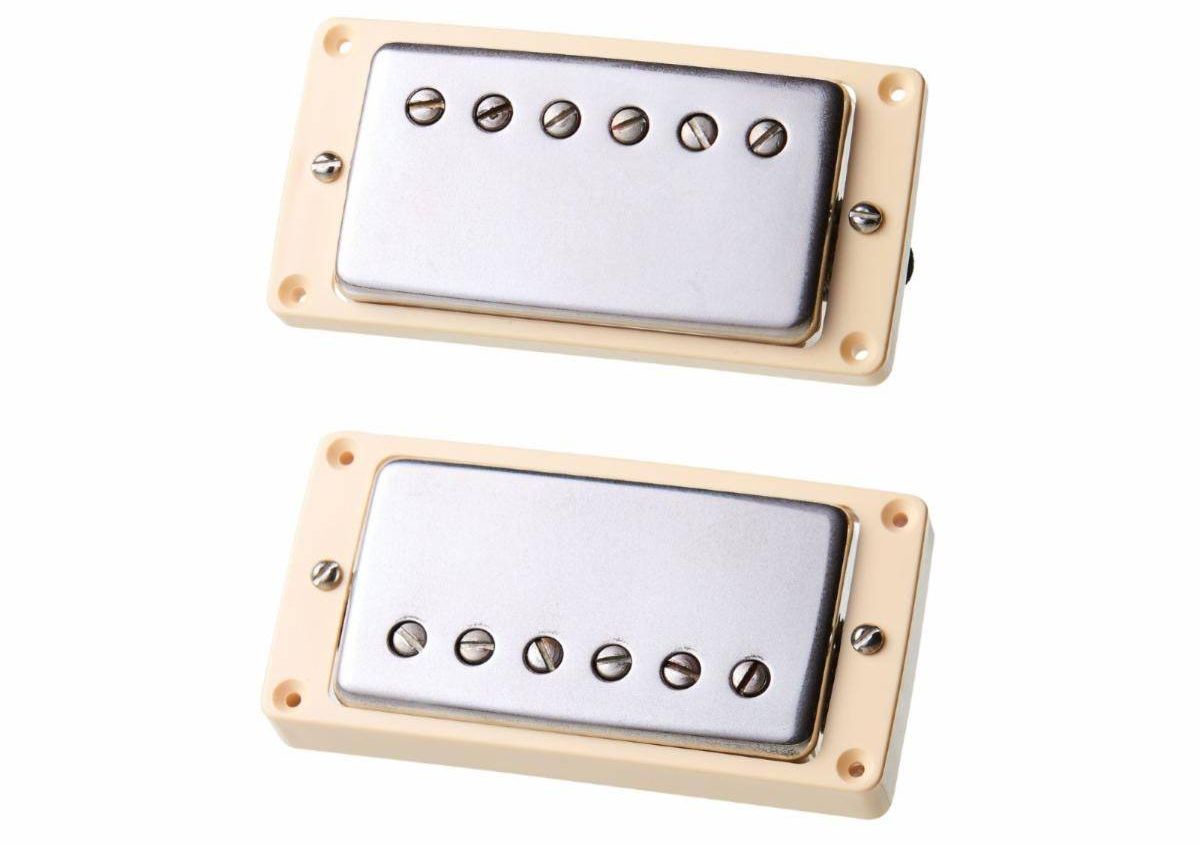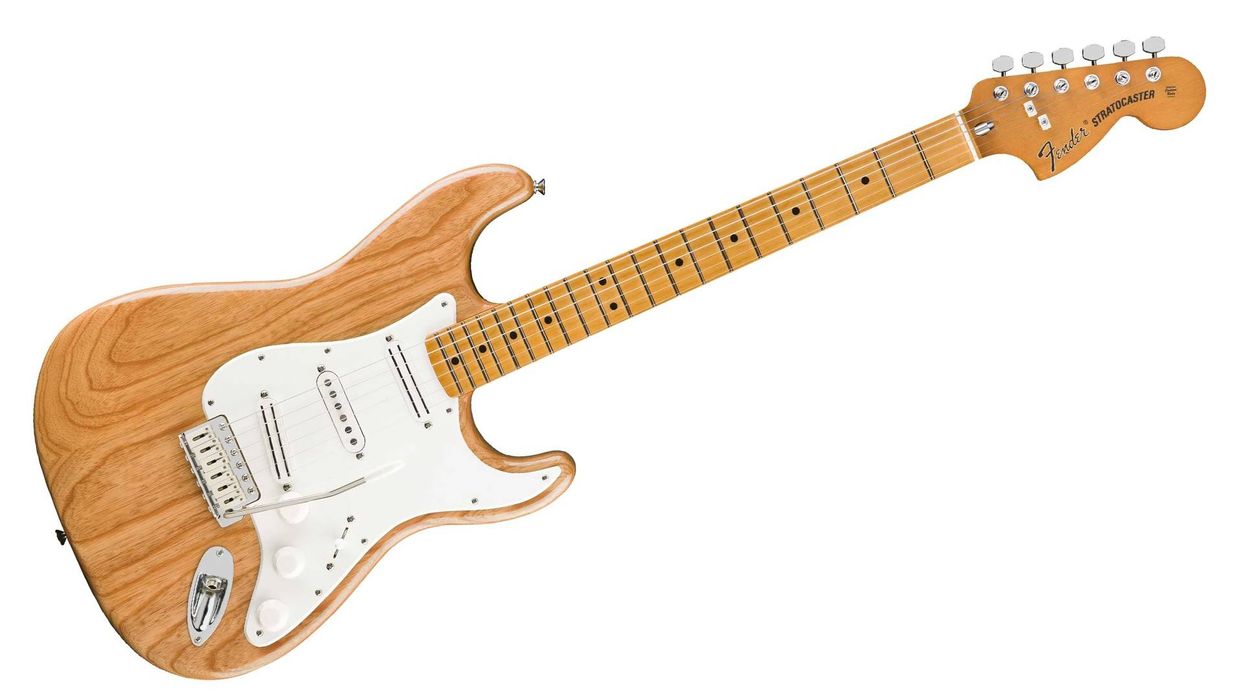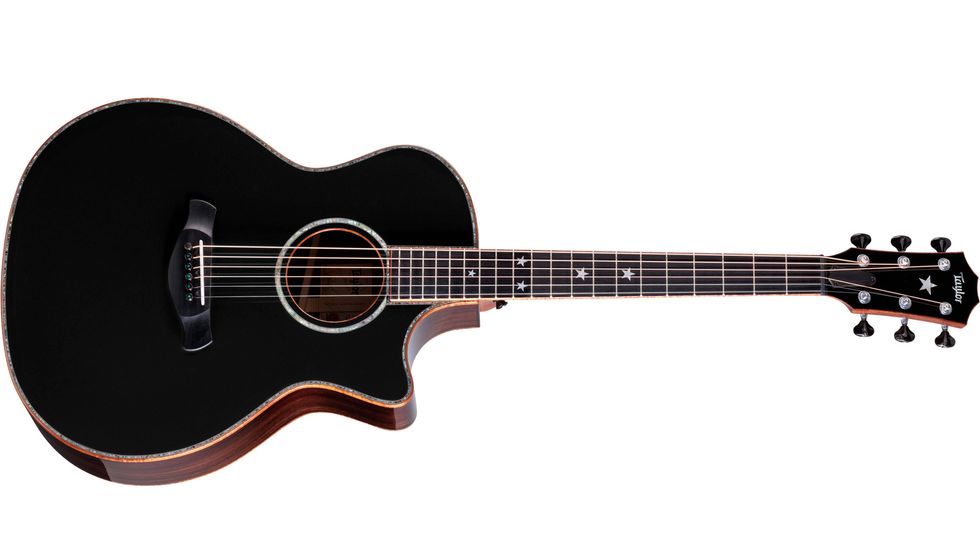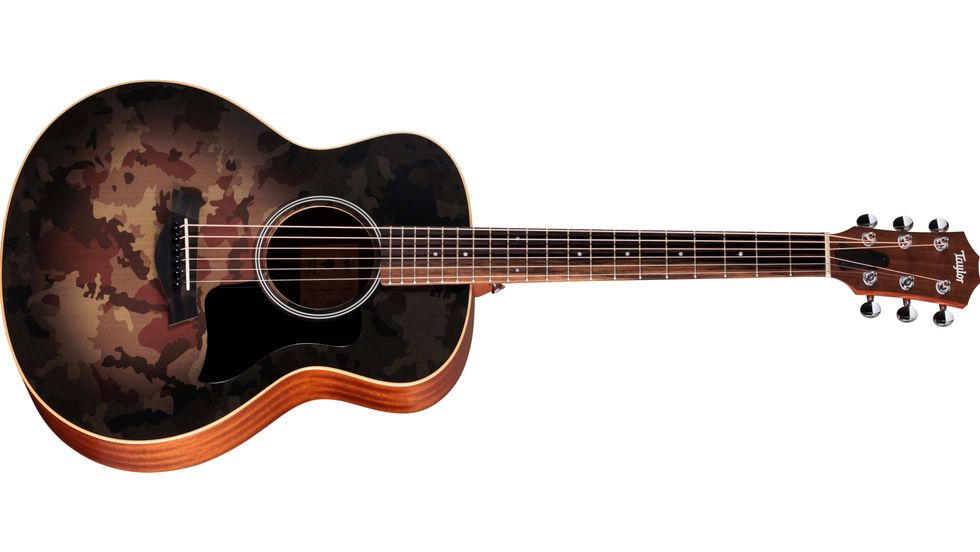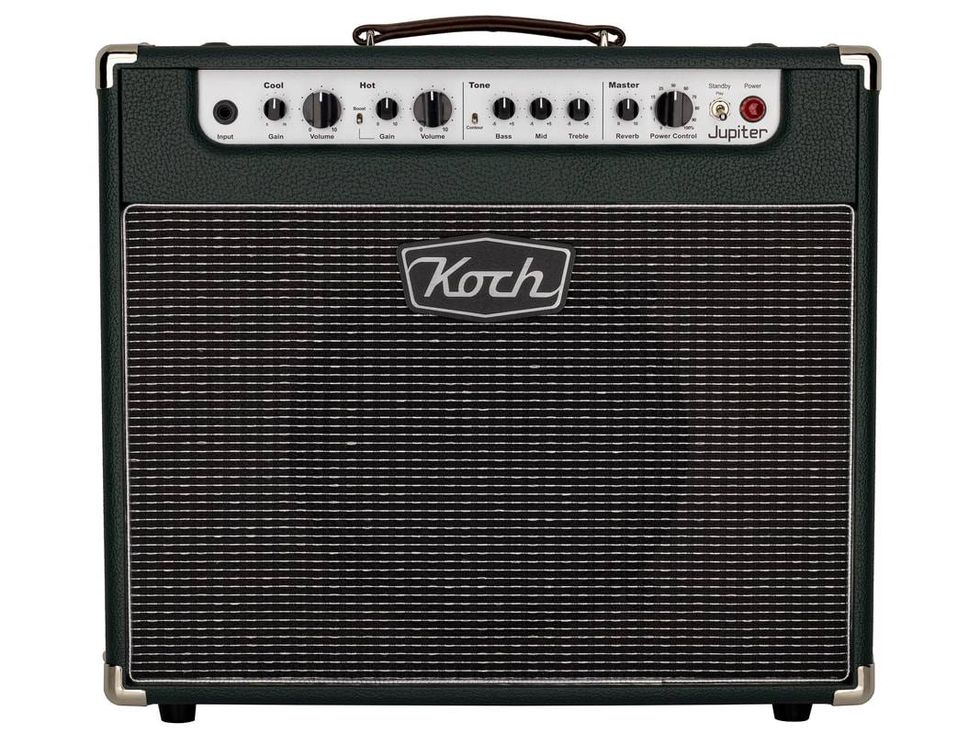The History for Hire Press has just published Vox Amplifiers: The JMI Years by Jim Elyea. Twelve years in the making, it is a very big book, and I’m not just talking about its physical size—although at 9.5 x 12 inches and 682 pages, it’s no slight thing in that regard either. In terms of what this book achieves, it may be even bigger than its outsized proportions can convey. In these pages is a seemingly endless array of pictures detailing every aspect of Vox history, familiar and unfamiliar, along with an engrossing narrative and meticulous documentation. 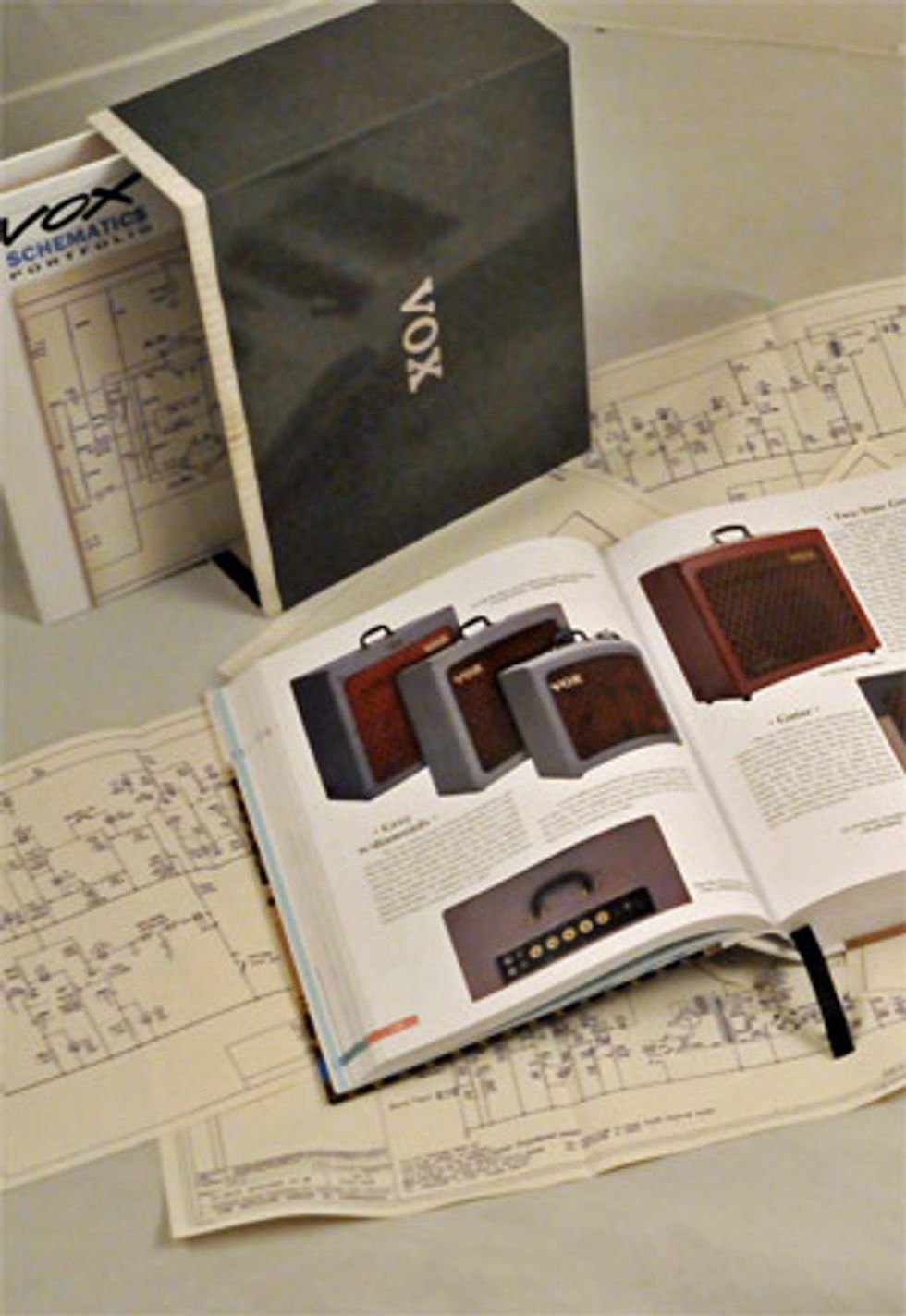
Certain to become the definitive book on the subject, Vox Amplifiers also sets a new standard by which other books on the history of our most beloved gear might be judged. It’s not just that the text and the photography are equally edifying, organized and easy to navigate, or even just that it covers so much territory, from history to field guide, to reference manual, to nostalgic coffee table book. What sets it apart is its depth of detail. It must have been Elyea’s obsession with Vox amps that started it, but his quest to find out everything that could be found out about Vox Amplifiers in the early years can only be described as relentless.
He began his gear collecting with a general interest, but as he got more interested in Vox amps he decided to focus solely on them, foregoing guitars, effects, and other amplifiers alike. “As much as I loved the different guitars and amps,” he says, “when a potential new addition to the Vox collection would appear, another guitar would go on the block: 360/12, 370, 6120, ES-5, SJ-200, TV Junior, pre-CBS Strats, black guard Teles—they all were sold to buy more Vox.” Though just the thought of parting with such a bevy of great guitars is enough to make any gearhead rueful, the end result of all this trading-off was the Vox Museum, so the story is a bittersweet one, rather than just bitter. Elyea continues, “I remember the day I sold a complete set of Fender Reverb units, all with covers, and I never looked back. As a result, the Vox Museum has become a repository of some of the rarest amplifiers around, and with the book, I am able to share it with everyone.”
Starting with that collection, which spawned an expanding database of amplifiers, Elyea also put in years of tracking down manuals; data sheets, log books and other documents, made many trips to the UK to talk to everyone he could find who’d ever worked there; did scores of interviews… you get the idea. This guy is thorough, and when he went out to find something, he went all out to find it, every detail. Elyea informs me that there are “some other things” that he would’ve liked to include in the book, but it’s hard to imagine what could’ve been left out.
Just a glance at the book makes it clear that an obsession has been at work here, but reading it reveals a depth that could not have been inspired by obsession alone. This book was concieved with great ambition. Elyea says that after years of waiting for the next great book on Vox to hit the stores, it dawned on him one day that he would be the one to write it. “At that moment, there was no question,” he tells me. From there the obsession began to find a focus—or perhaps, more accurately, a purpose. The painstaking attention to detail recorded in these pages is extraordinary; it is the product of a keen appetite for knowledge.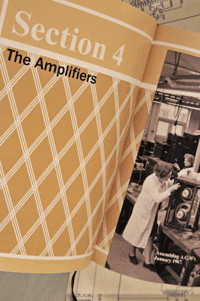
Recalling how organizing the data from all the amps he’d collected changed his approach, Elyea says, “at one point, I could see that instead of one large series of numbers that all the amps shared, each model had its own, distinctive sequence. This was a major revelation, to be able to demonstrate that there was a logic behind the Vox numbering scheme.”
The obsession resurfaced, and Elyea decided that the book should be as complete as possible. The scope of the book grew wider and wider, from the low powered amps to the larger 50 and 100 watt models. “Then, I realized I had to do all the amps,” he says, “not just my favorites. As I began to research the other models, I began to see that they were all cool, just in different ways, and they were all my favorites.” But it wasn’t just the details of Vox’s product output during the JMI years that captured the author’s attention.
The historical scope of the book began to take on life of its own, as well. “My wife Pam suggested I put an ad in the local Dartford newspapers asking to talk to people that had worked at JMI/Vox or their suppliers,” he recounts. “About a week later, the floodgates opened. I was deluged with calls from former JMI workers who were anxious to tell their tales. At this point, I realized there was much more than a field guide—there was a story.”
It is quite a story, too—at least it is the way Elyea tells it—and a story not without its touches of pathos. There is, for example, the account of “The Shed.” One of the byproducts of Vox’s revolutionary Artist’s Loan program, which had been responsible for the ubiquitous presence of Vox equipment on the stages of the most celebrated acts of the era, was the growing collection of worn and wellused amps that were being stored in a shed behind the factory in Dartford. When the shed got full and something was needed to fill up a hole that had been dug at a nearby construction site, the decision was made to kill two birds with one stone. Elyea writes simply, and without sentimentality, “The petrol station (a new version of it, anyway) is still at the corner, and underneath it are the rotting remains of dozens of the most historically significant Vox amplifiers ever made.”
There are other such stories, as Elyea relates: “I recall Jack Jennings, Tom’s brother, telling me about his saving the ledgers in which he logged out every amplifier that was shipped from JMI. I then listened in horror as he told me of saving them for so long, only to give up and throw them away a half dozen years before I met him.”
When I asked Elyea to describe how he was able to get so much information from former JMI employees, his response was, “back to back sessions in a corner table at the Bull and Vic pub in Dartford. There was one trip in the late ‘90s where everyone I talked to had fantastic stories, and every tidbit was golden. With so much great information coming so fast and furious, I barely had a chance to grab a bite to eat before the next interview started. I was in heaven.”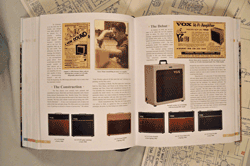
Most of them were glad, he told me, that someone was finally interested in something that they had spent so much of their time with. Quite a few of them had never been interviewed about their Vox experiences before, and many of them had very much to say. Since so many years had passed, Elyea informed me, it took him a lot of time and multiple interviews to get the story, with all of its details, straight. Dick Denney avoided being interviewed for years, but Elyea didn’t quit. “I was finally about to set up a minireunion of him, two other JMI engineers, and two friends of mine, Robert Stamps and Brian Kehew, at Dick’s daughter’s house,” he says. “After just a few minutes, he realized he was among friends, and warmed up. Before I knew it, we had been talking for 15 hours.”
He adds, “It was amazing how proprietary many of the engineers were. Some stories ‘evolved’ as a level of trust was built up. Everyone was very gracious about working their schedules around mine, and also in sharing their photos and other materials. The biggest problem was that so many of them had lost their photo scrapbooks in fires years ago.”
Somehow in all those travels, Elyea still ended up receiving a great deal of technical information, and copies of schematics from former engineers and salespeople who were eager to share them. “Most of the rest came from the attic at 119 Dartford Road,” he says. “It took me two years to talk my way up there, and when I finally went up there, I was able to come back with some fantastic information.” As plenty of afficionados (who’ve had to rely on their own resources to dig them up for decades) can tell you, many vintage Vox schematics are now rare, and quite hard to find. Often extremely poor copies, unreadable in some places, have circulated for lack of anything to replace them. Elyea wanted to publish the schematics he’d uncovered, and his tech-saavy friends encouraged it, but the book had already become so expansive that to include them would’ve made it unmanageable, so the decision was made to offer them in a separate portfolio with the Deluxe edition, so enthusiasts could get the whole batch.
| Here’s a summary of the book’s contents: In 12 chapters, Section 1 details the history of JMI and Vox in pictures, and in the words of those who were there. In 18 chapters, Section 2 investigates every physical aspect of the amplifiers themselves, from cabinets and control knobs to valves and vent covers, and all elements in between—this section features loads of charts and timelines. In 4 chapters, Section 3 treats the design, manufacturing and promotional history the amplifiers. In 12 chapters, Section 4 covers each of the Vox amp designs, with the more famous among them receiving their own chapters. Section 5 is a short reference guide to dating your Vox amplifier. In 4 chapters, Section 6 discusses The Shadows, The Beatles, and the other groups that made Vox a name heard everywhere. Finally, Section 7 contains as appendices all of the additional material and organization that makes the book such a useful reference manual: a list of JMI people, a chronology, a glossary, notes and indexes, etc. |
The portfolio has its own index and comes with no less than 70 pristine schematics for everything from small tube amp designs to hybrid amps to powerful solid-state circuits, including effects and the Top Boost circuit. “To restore them,” Elyea says, “we had three artists going full-time for several months. They didn’t re-draw anything, but instead, just cleaned up what was already there on a previous version. I am very proud of how the restored schematics look. They are actually usable once again. Korg was also very kind to allow the use of what are their designs.” The treasure trove of technical data and know-how the book accumulates and organizes has already found a hungry audience. “We’ve had people following the progress of this book literally for years,” Elyea informs me. “Now that it is actually published and released, I am very pleased with the reception. I think as word spreads, more and more people will become excited about something I am very proud of.”
When I asked him how he was going to top such an achievment, Elyea said, “part of me is so anxious to start another project I can practically taste it. There are, of course, several good ideas ready. The more rational side is going to make me enjoy this moment, at least for a few months.”
The next book might take a while, but that’s okay. We’re going to take our time with this one. The stand-alone, 682-page Standard edition is published by the History for Hire Press, and retails for $85. The Deluxe Edition, which comes with the Vox Schematic Portfolio and a slipcase designed to look like a Fawn AC30 Twin in a green, Vinyde cover, retails for $150. The first thousand of these are numbered and signed by the author.
For more information:



